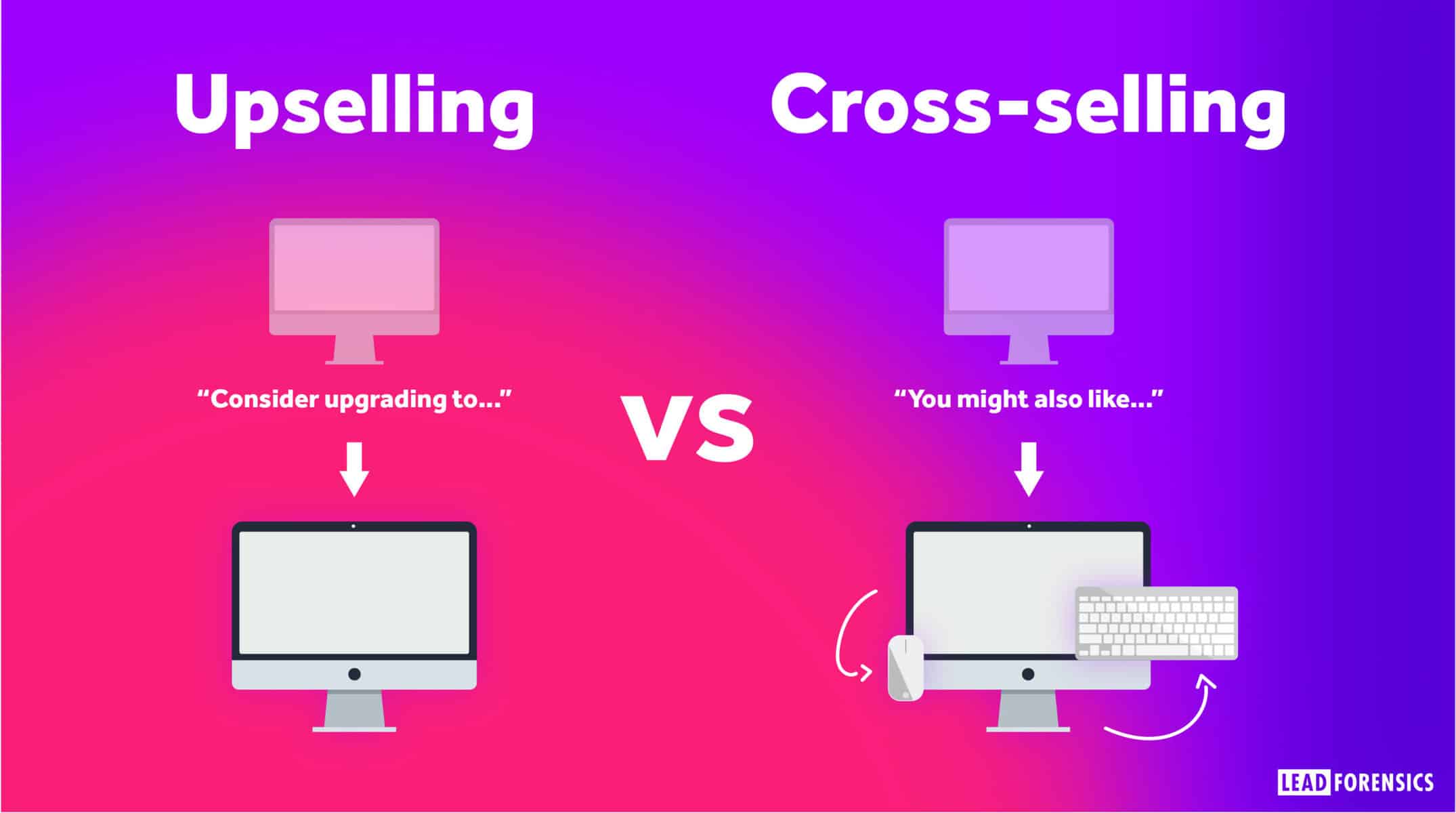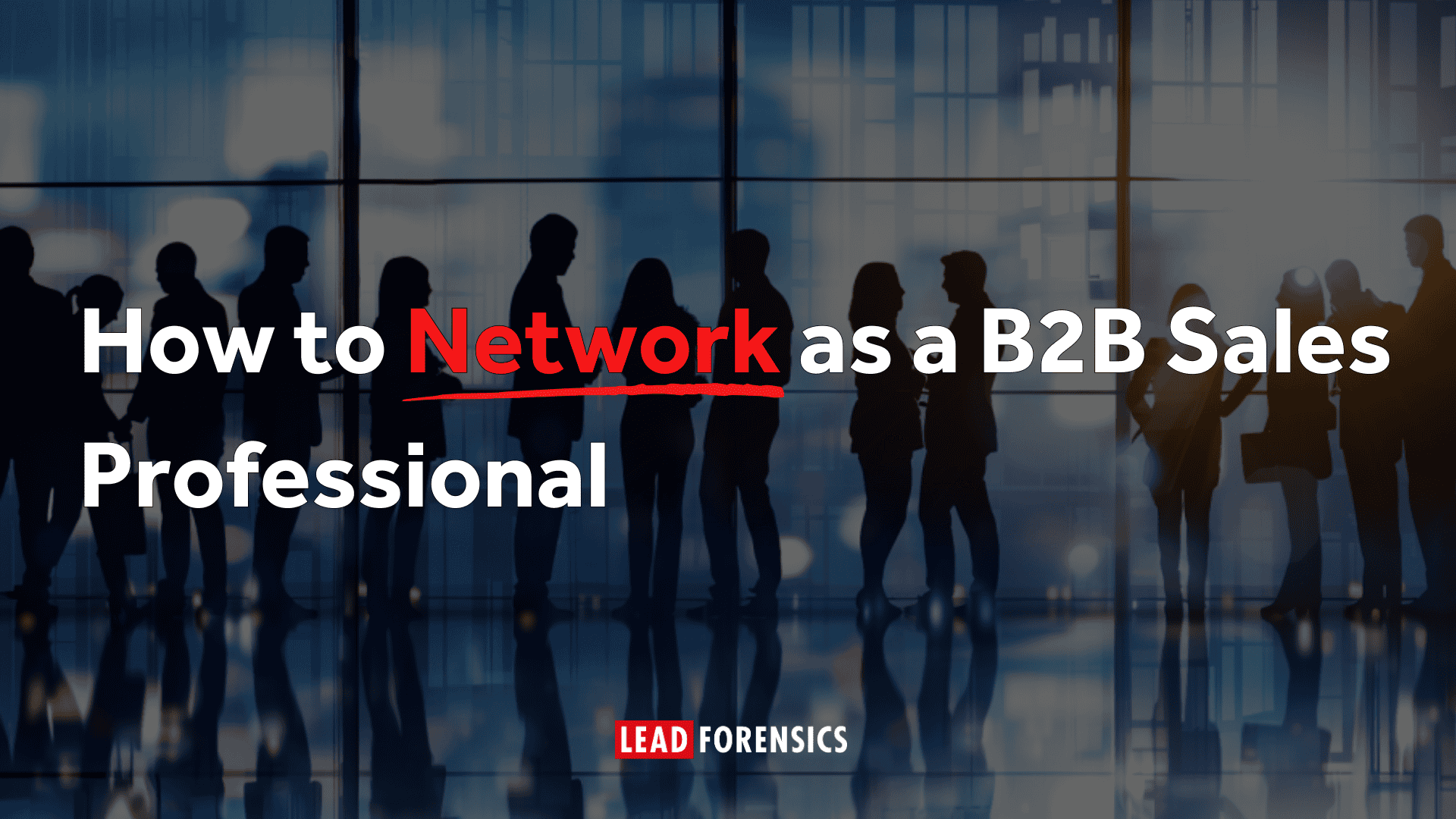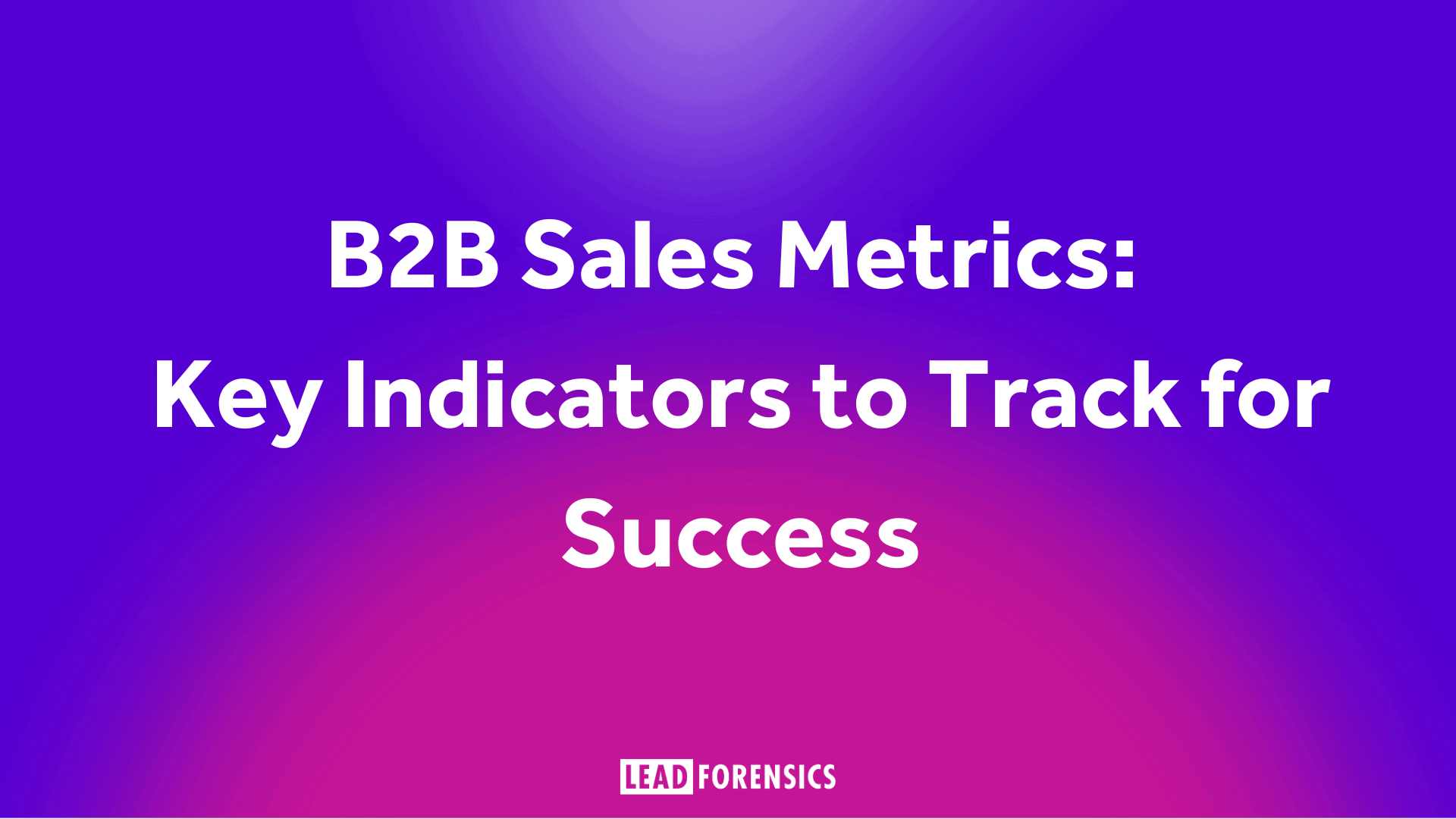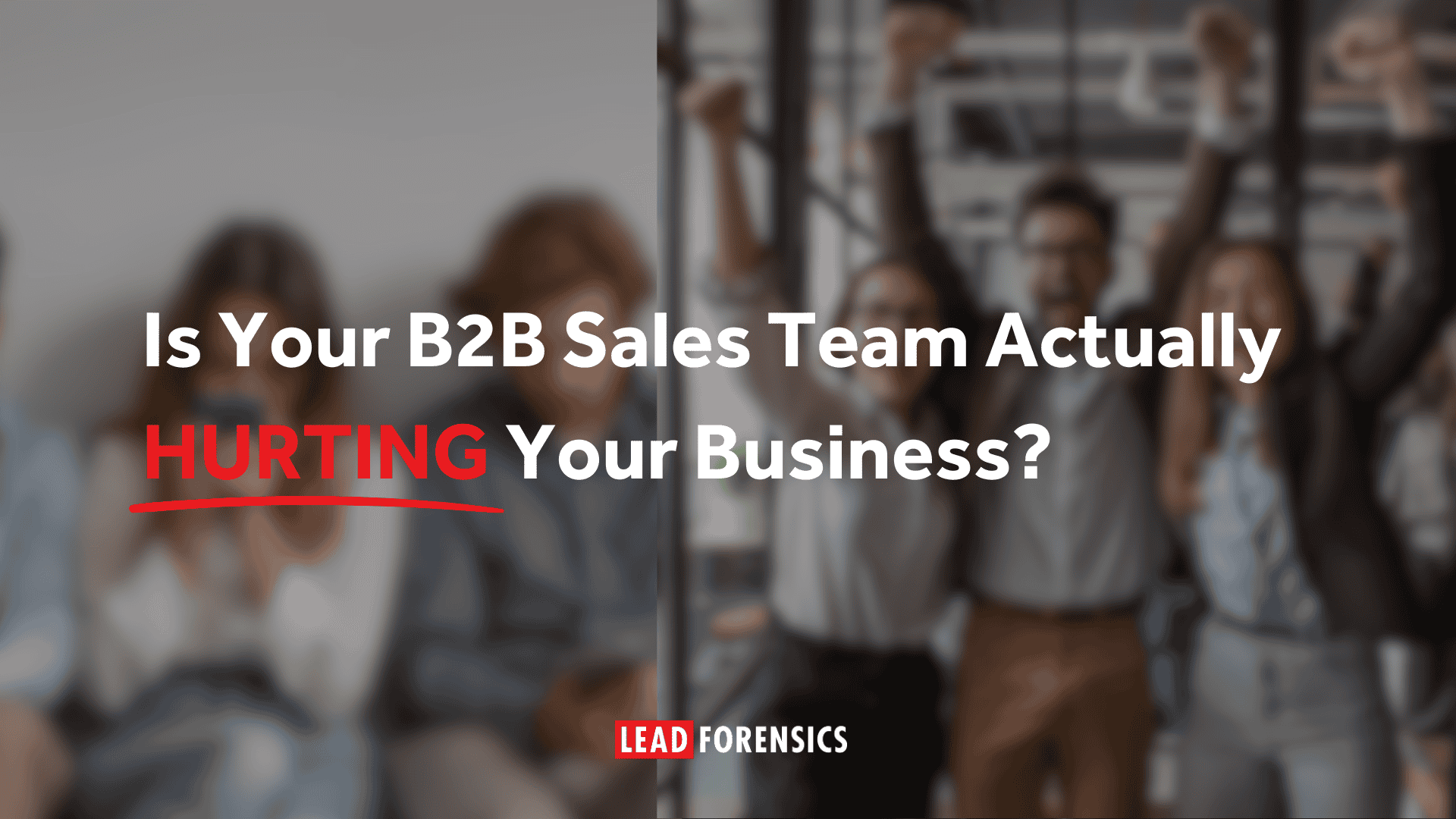Selling to an existing customer is always going to be easier and cheaper than pitching to a new one – in fact it’s 6-7 times more expensive to acquire a new customer than it is to keep an existing one. You’re already well ahead of the game, as you know the customer, you have an insight into what they like and don’t like, and how their business may benefit from what you’re offering. Importantly, you’re no longer an unknown entity to them, you’ve proven yourself and what it’s like to work with you.
A great example of a company that is a master when it comes to cross-selling, is Amazon. If you’re a customer of theirs then you’ll have seen many tactics at play, such as the ‘other customers bought this’ feature. Making sure that every opportunity to make a sale – some that customers haven’t even thought of yet! – are being encouraged.
Knowing how to upsell and cross-sell effectively can help improve the lifetime value of your clients, which in turn will lead to an even healthier pipeline and bank balance. So, what’s the secret to effective upselling and cross-selling when you’re a B2B?
What is upselling?
Upselling is now the norm, especially in today’s SaaS (software as a service) driven world. You will often see software being offered in different packages, which come with different price tags attached. This is basic upselling – offering the same product but with enhanced features and at a greater cost. In the world of consultancies, upselling may mean that instead of going for a six-month contract, a consultant successfully sells a 12-month contract. It simply means enhancing the initial choice of the client.
What is cross-selling?
In contrast, when you cross-sell you aren’t enhancing an existing product choice, you are instead offering a related product or service. In the SaaS world, this could mean selling additional training, or a marketing agency may sell PPC alongside a content development contract.
Both upselling and cross-selling can happen at the time a sale is made, or at some point afterwards.
Now let’s look at the B2B tactics that can help you achieve them and add valuable revenue to your bottom line.
1. Consider your sales funnel
If you are familiar with content marketing then you will already have your buyer personas together and will have mapped out the journey your customers take. But it’s time to take this up another level.
Pull together a matrix of all the different types of clients you have and the products and services you offer. Not all products will be right for all people, but by looking at it from this angle you may be able to spot some opportunities you didn’t see before.
The question is, how well thought through is your sales funnel – does it incorporate steps for making additional sales at the time of sale and afterwards?
B2B sales cycles are often long, simply because it takes time to build the mutual trust that is essential for a successful business relationship. Going in with your top offer may not be the best idea, so instead look at opportunities for clients to commit with less risk.
It’s a mistake to stop looking at your sales funnel just because you’ve won the sale. Instead, bring together your marketing, sales and customer services team and together find ways to build on your sales funnel and enhance it. You may discover an altogether new service that you could offer, which would be a perfect extension of what you already deliver.
The key to success, whether you’re offering an additional product that enhances a current one, or adding something completely new, is to make sure they relate to each other. It must make sense and the products should sit well together. Also, avoid overwhelming your clients with too many choices. Try to keep it simple but logical and bundle your offers appropriately.
Make it easy for any client to get more of what you’re offering. For example, if you train your customer services team well, then through their interactions with a client they should be able to spot opportunities for additional sales. If they can mention an additional product or service at just the right moment, then it could be worth its weight in gold. We’re not talking about them selling here (although they could) but simply planting the seed and passing the lead back over to sales.
While upselling and cross-selling can be very lucrative, avoid the temptation to get sales people pushing something at every point of interaction. This can be very annoying for a customer and quickly backfire, especially if they originally called with a complaint!
2. Always offer great value
If you already follow a consultative selling approach, then thinking about value will come naturally to you. In fact, with this kind of approach, routes to upselling and cross-selling are already built in because what matters most is finding out what a client truly needs and then giving it to them.
You should be able to see opportunities long before they may materialise, but always remember, timing is crucial. Just because it becomes clear at the beginning of your discussions with a lead that they will need the full monty of what you’re offering, doesn’t mean that they are ready to do so. If that happens, just relax, as you know you’ve got a big fish on the line.
Concentrate on being super helpful. Don’t ask too much upfront and provide an outstanding service. By building a relationship in this way, further sales will happen almost automatically, because they will be a natural progression.
Make sure you know your target audience inside out. Do your homework and pinpoint which products and services are going to be most beneficial for them. Armed with this knowledge you’ll be able to talk value and not price, and continuously achieve bigger wins.
Instead of being a product or service to your client, work on being the solution. Show them you have their best interests at heart. If you focus on maximising the value that your client gets from you, then you will gain their trust and ultimately land more sales.
3. Segmentation, automation and nurturing
Whichever sales tactics you may be using, key to great B2B marketing is the use of intelligent software. The right tools can be used to automate aspects of your relationship building and reveal what a customer may need and when.
In the same way that you will segment a list of leads to market to them and get a sale, you should use segmentation with your existing client list too. The bigger your client base, the more automation you will need for this.
We’re talking here about going far beyond a simple monthly company newsletter – which few people will actually read. This is about appropriate nurturing, via all the channels that are applicable for that customer. This ensures that lines of communication stay open and new opportunities can be presented at touch points along the way.
If you are using account based marketing (ABM), you want to be sure you know about every possibility to build on your relationship with existing clients. For example, depending on your offer, it may benefit you to get to know the decision makers in other departments. With sensitive nurturing it will be possible for you to make these connections.
Bonus tip for Lead Forensics users: Make sure you have a list of your existing clients uploaded into Lead Forensics and that it is being monitored for activity. When a client is visiting your website of their own accord, it can be a clear signal that they may be interested in something else you are offering. Based on the information recorded about which pages they visit, you are likely to be able to tell what that something is.
Whichever way you look at it, upselling and cross-selling presents a big opportunity for B2Bs. If you don’t currently have any additional products or services to offer, then perhaps it’s time you did. Consider which additional ones could work for you and help keep your business growing. Agility is the name of the game in today’s fast paced world and every business needs to constantly be on the lookout for ways to enhance their offering and add value.










